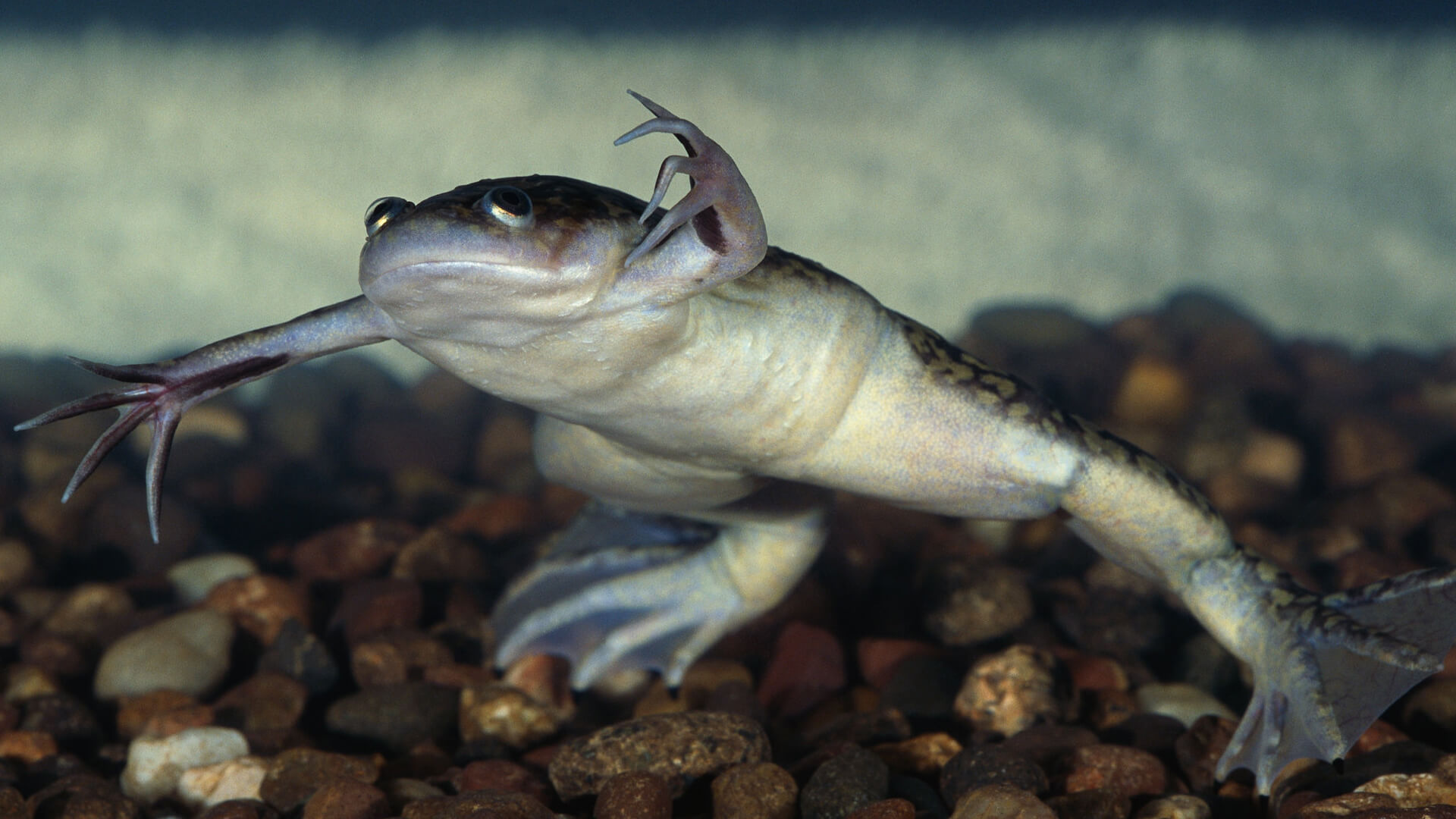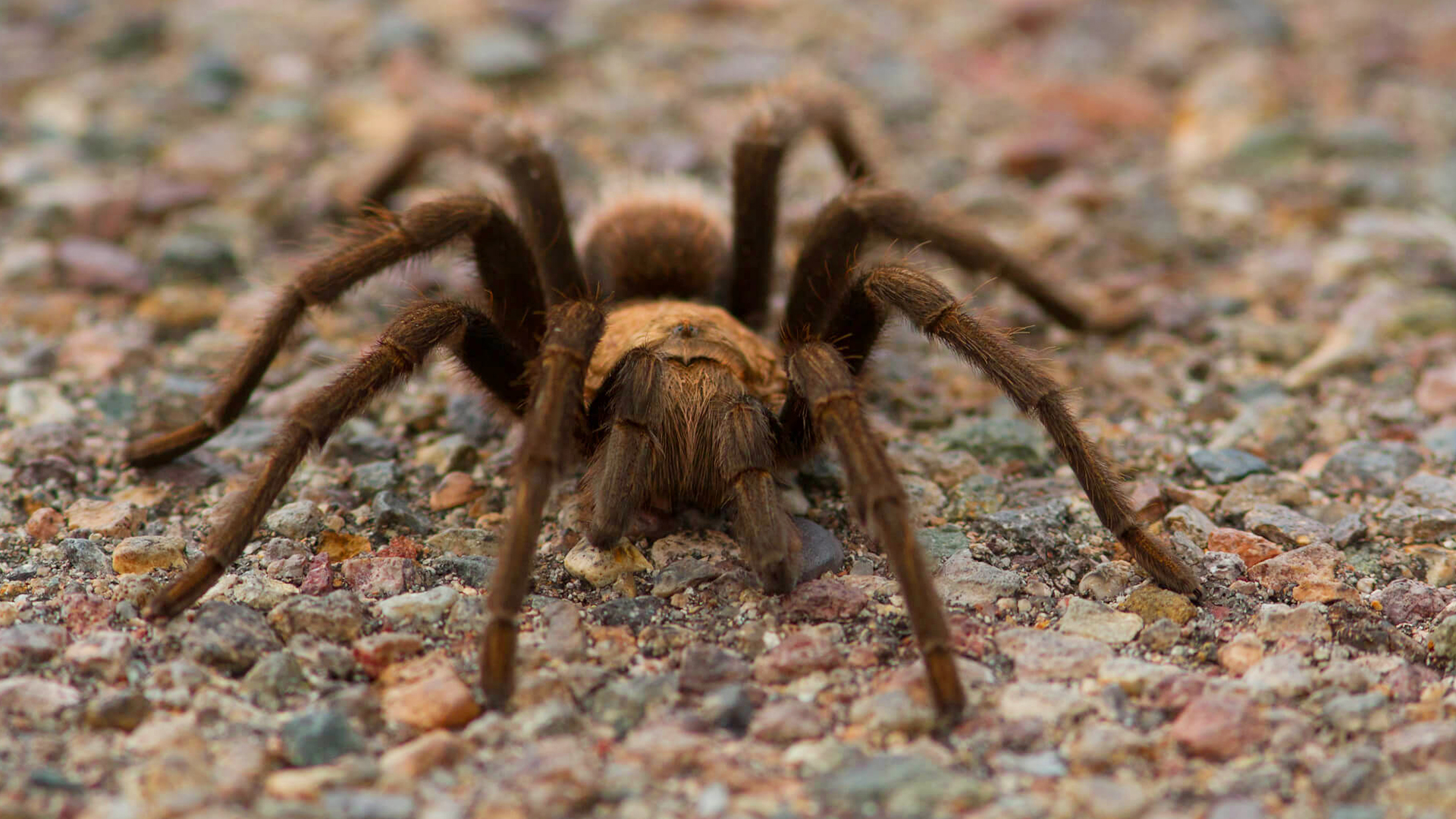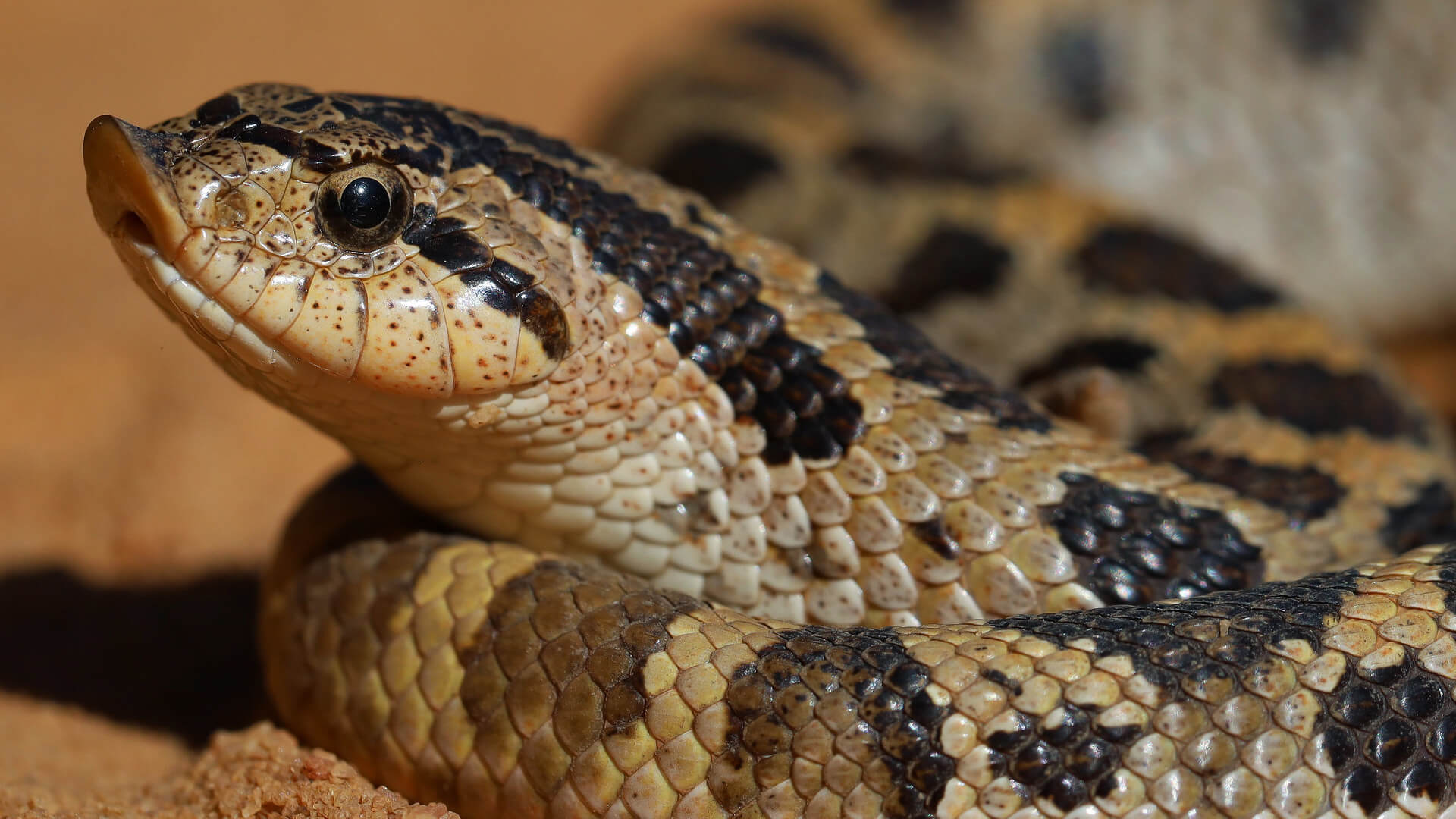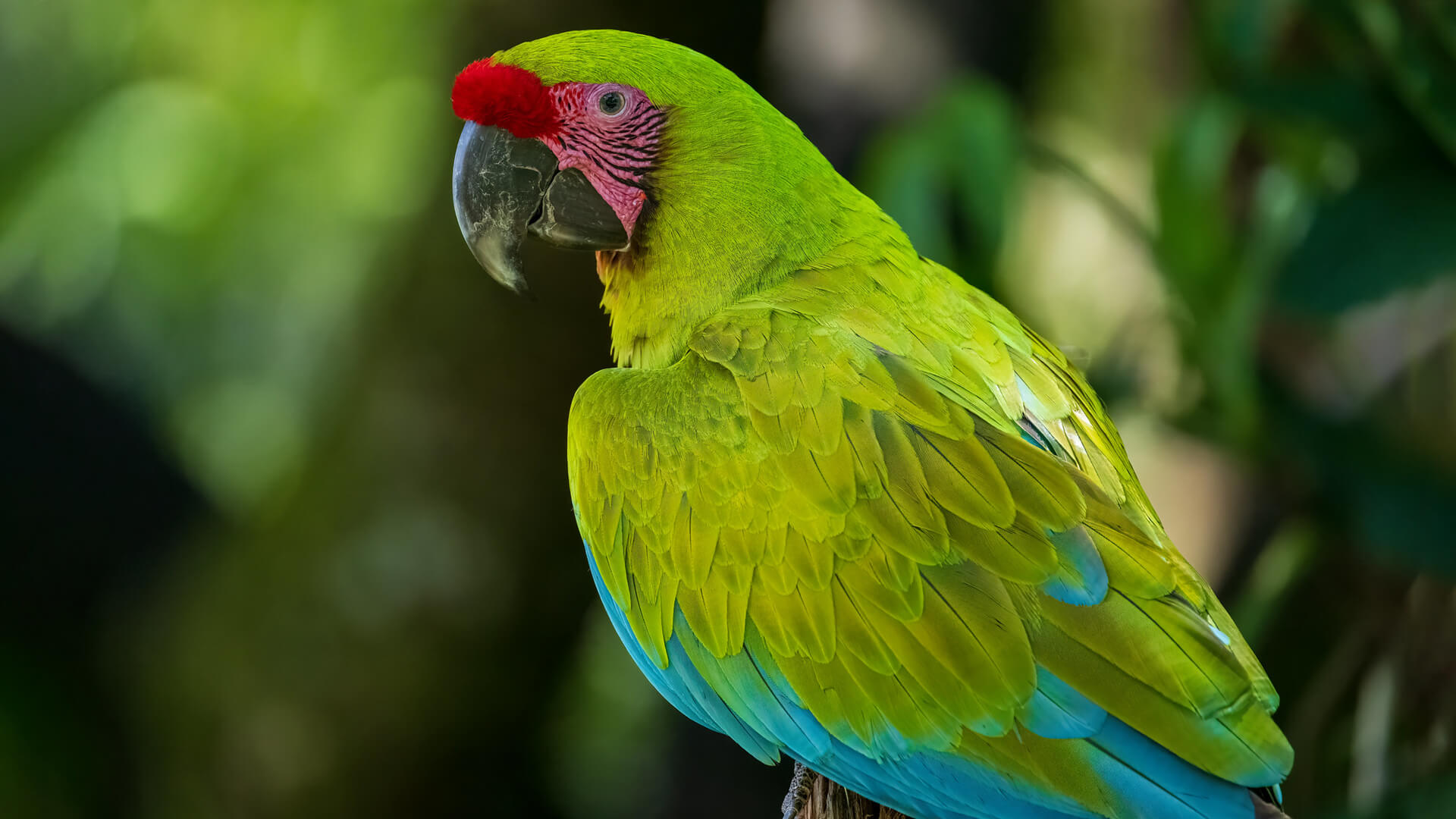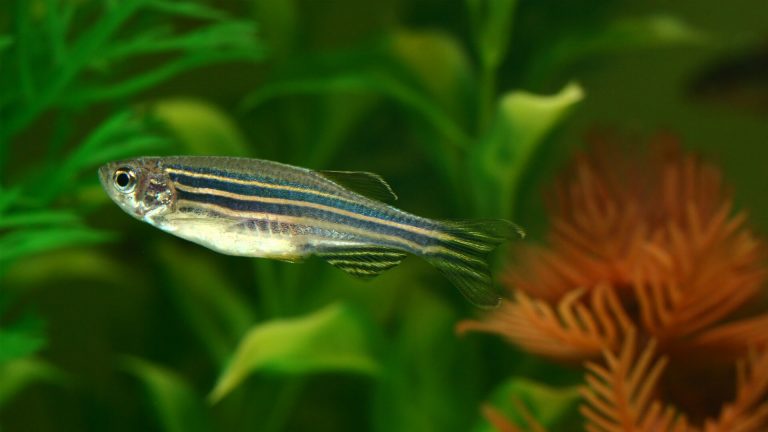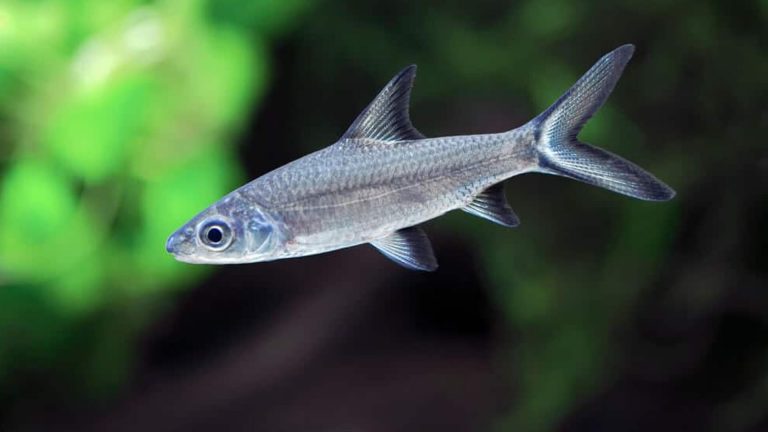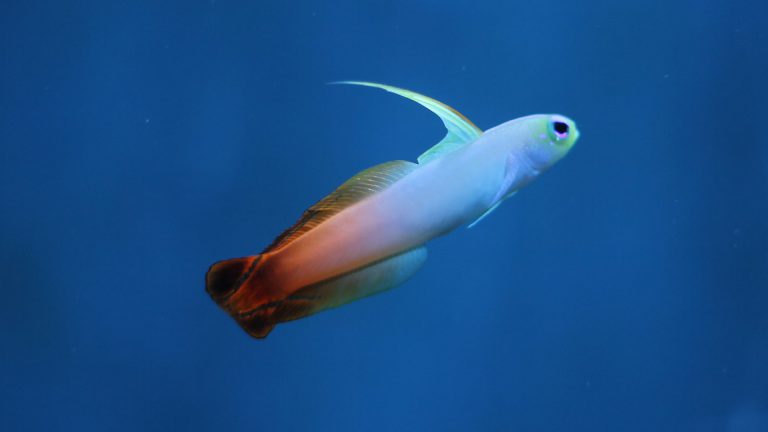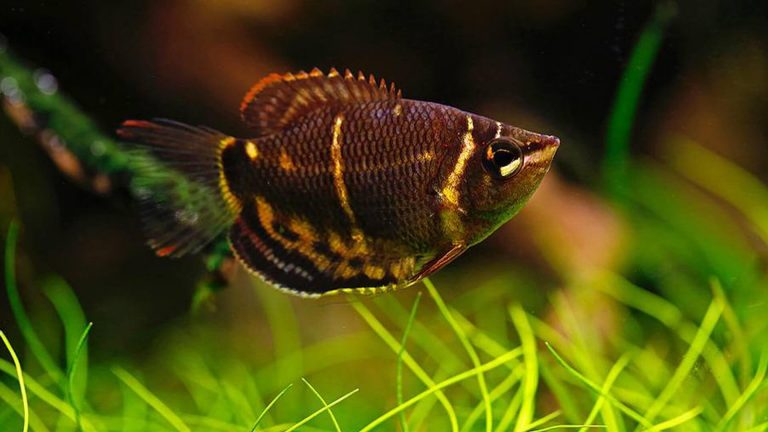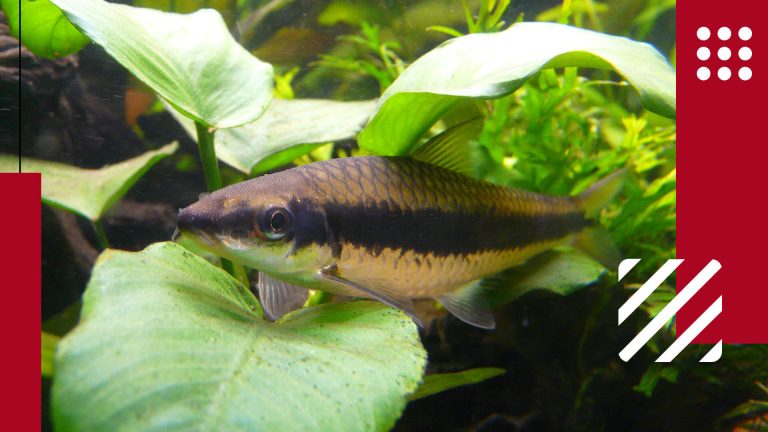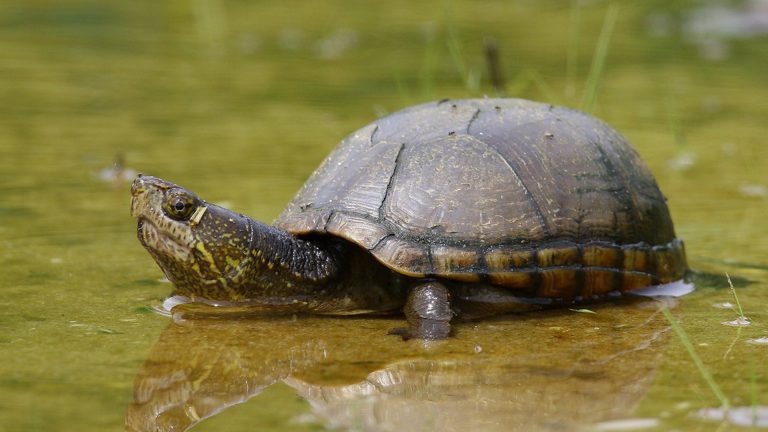Giant danios in an aquarium are equivalent to roses in the garden. A pleasure for the eyes! With a beautiful appearance, peaceful nature, and low needs, they make a perfect pet for any fish enthusiast. Giant danios are freshwater fish and stay only in groups. This is the largest fish in the species and is thus, referred to as 'giant danios'. In proper care, they can live up to 5 to 7 years. Taking care of these species is not a tough task. They have minimum requirements and are very easy to care for. This makes them a preferred choice among beginners as well.
Originating from Southern and Southeastern Asia, giant danios are a very common and popular fish. They are easy to breed and hence, commonly available. Though a majority of these fishes that are exported are caught from the wild. Even so, these species come under the zone of ‘Least Concern’. They are quite tough and can survive well in an adequate environment. This fish rarely succumb to any sort of illness. For other things related to giant danios, continue reading!
Distinctive Features of Giant Danio
| Scientific Name | Devario aequipinnatus |
| Lifespan | 5-8 years |
| Color | Silver with blue horizontal stripes |
| Size | Up to 4 inches |
| Health Risk | Low |
| Tank Size | Minimum 30 gallons |
| Water pH | 6.5-7.5 |
| Filter Requirement | Low to moderate |
| Tankmates | Peaceful community fish |
| Unique Trait | Fast and active swimmers |
| Famous For | Its energetic and schooling behavior |
| Temperament | Generally peaceful and active |
| Maintenance | Low |
| Adaptability | High |
| Behavior | Can be suitable for older children with proper supervision |
| Personality | Active and schooling |
| Social | Thrives in groups of 6 or more |
With an iridescent gold body accompanied by metallic blue spots, giant danios are a perfect example of beauty among fishes. There are some other fish of the same species who possess a yellow-colored body and are known as golden giant danios. They are quite peaceful and friendly in nature and get along with other fishes quite well. Here are some of the other basic characteristics of the giant danios.
Besides these basic characteristics, some other features have been enlisted below to gain a better understanding of the pet giant danio.
Giant danios should always be kept in a group of at least six to eight. They always stay and travel in schools when in their natural habitat and would desire the same in their new home as well. If they are kept alone or with a lesser number of giant danios, they can get aggressive.
This species of fish are quite active and playful, as one would expect from any fish belonging to the Cyprinidae family. They love to swim a lot and mostly stay at the upper side of the tank near the surface.
They are friendly towards other species of fish as well. However, the other fish must not be very small in size. Also, fishes with aggressive nature should not be housed in the same aquarium as giant danios.
One interesting fact about giant danio is that they are considered to be a very loyal partner. If they mate with someone, they become theirs for the rest of their life. Apparently, apart from being perfect pets, they are perfect partners as well.
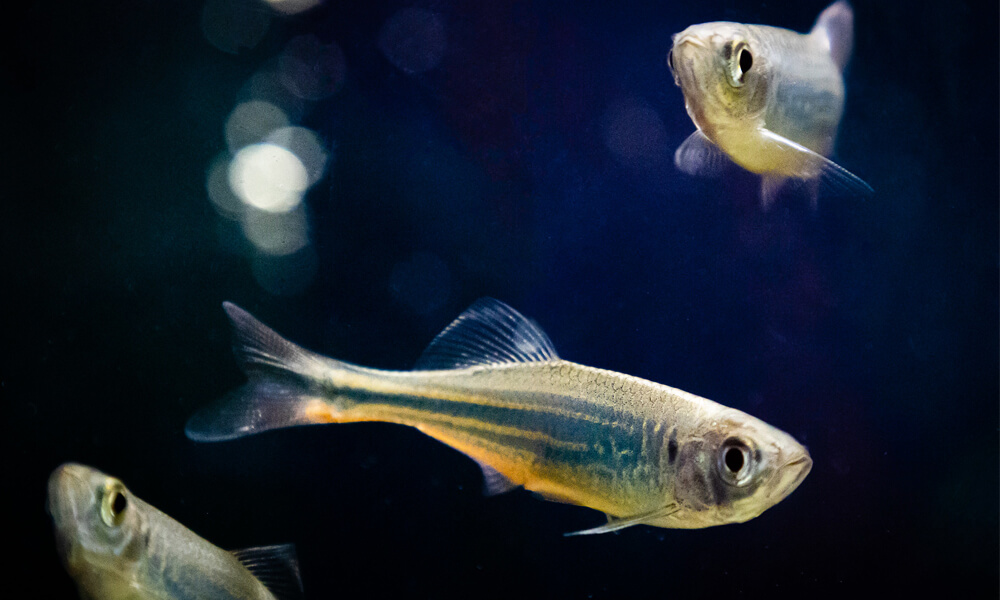
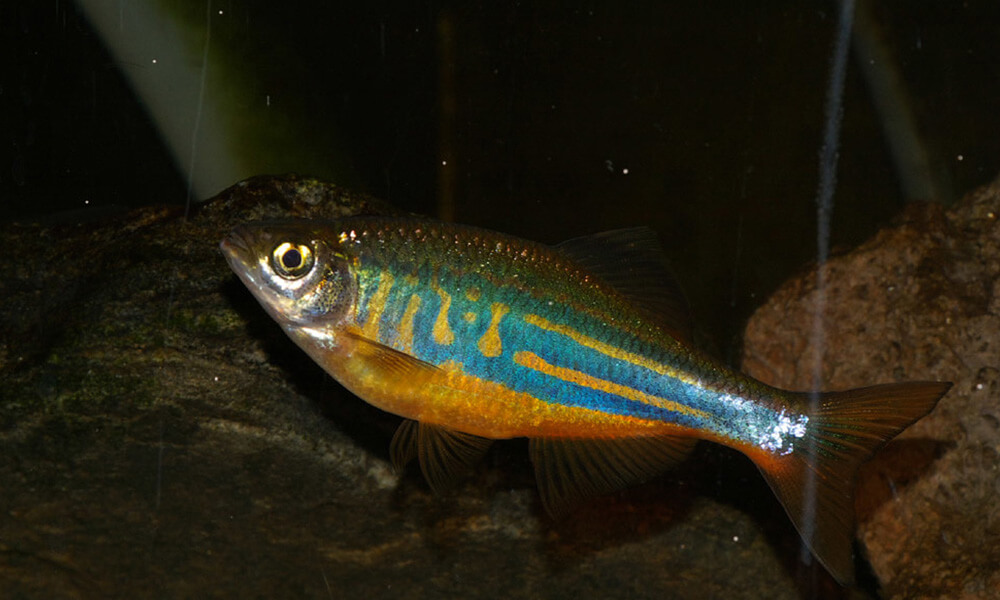
How to Take Care of Pet Giant Danio Fish?
As already mentioned in the beginning, giant danios are very low-maintenance. They don’t have any high demands. Giving them sufficient space to live and a proper amount of food is enough to keep them satisfied. Due to their friendly and peaceful nature, they can be housed with various other fishes. Any fish of considerably smaller size should be avoided though because there is a high probability that they may turn into a meal for the giant danios. This stands true not only for this fish but for any large fish in general.
Apart from the basics, there are a few other things one need to keep in mind for better care and growth of their pet fish. For instance, this fish require high level of oxygen. Hence, the owner should ensure to maintain a high oxygen concentration in the tank at all times. The temperature level should also be maintained as per the need of the giant danios. One may attach heating pads to the tank if required. Also, they don’t need a very bright lighting system. A moderate amount of lights will do.
How to Setup a Tank for Pet Giant Danio Fish?
Keeping giant danios as pets would require the owners to have a large aquarium. This is for two major reasons. First, they are quite active swimmers, and second, they live in a school. Considering both of these factors, it is quite obvious why they need a large space. The minimum tank size should be around 40 gallons. However, a tank of 55 gallons or larger would be highly preferred. Giant danios always remain at the upper part of the aquarium and won't mind taking a jump from there regardless of the consequences. So, it's better to enclose the tank tightly.
The temperature of the water should be somewhere between 72 to 80 degrees Fahrenheit. Meanwhile, the pH level of the water should be 6.8 to 8. For substrate, gravel, and sand can be used. Additionally, sturdy plants like anubias can be kept in the tank to give it a more river-like look. Tall plants should be added as well. For maintaining hygiene, the water should be changed at least once a month. Furthermore, strong filtration should be provided. For tankmates, one may consider medium and large-sized characins, cichlids, cyprinids, catfish, and other danios.
What to Feed Pet Giant Danio Fish?
Giant danios are omnivores and accept all kinds of food. One can apparently see how low-maintenance they are! Even though they can live on any sort of food, giving them a well-balanced diet is essential for their healthier and longer life. They should be fed a variety of things including live food, frozen food, and high-quality flakes. For live food, one may consider offering them brine shrimp, bloodworms, mosquito larvae, and so on. Freshly cut veggies can also be included in their meals.
Being a member of the Cyprinidae family, they are quite active and may exhaust themselves. So, it is essential to provide them with nutrient-rich food. As for frequency, these pet danios can be fed several times a day. However, the quantity of food should be small enough that they finish it up in less than three minutes. Importantly, their meals should be allowed to float on the surface of the water. This will make it easier for them to grab the food and eat it. Mostly because they prefer to remain at the top of the aquarium and can better access the food if it's present over there.
What are the Health Concerns of Pet Giant Danio?
If proper living conditions and diet are provided, the pet giant danios will seldom fall ill. They are very tough as fish and have appreciable survival skills. If they are provided with a well-maintained aquarium, they will grow really well. A common problem the fish can suffer from is Ich. It can cause multiple white spots on the body and the fins of the fish. This is mostly caused by poor water quality. If any symptom is visible, the pet should immediately be taken for a treatment. Timely treatment can recover them well. Regular check-ups are also advised. That would help in early detection and resolution of any sort of health issues.
Special precautions should be taken whenever a new tankmate is about to join the pet giant danio or whenever any changes are being made to their habitat. Proper quarantine and clean-up should be done before adding anyone or anything to the tank. The tank should always resemble the natural habitat of the giant danios as much as possible. This will keep the pet fish happy and stress-free. Stress can again lead to poor health and in the worst-case scenario, it can shorten the life of the fish. This is also a reason why giant danios are always kept in groups. Isolating them from their own species can make them feel alone.
What People Are Reading:
Frequently Asked Questions About Pet Giant Danios
Are giant danios aggressive?
Even though they may seem like it because of their active and playful nature, giant danios are not usually aggressive. However, if they are not kept in a group or if there are only a few fish from their species, they can get a bit irritated.
How big do giant danios get?
In captivity, giant danios grow up to 4-6 inches. They tend to grow one or two inches longer in their natural habitat.
How many giant danios should be kept together?
At least 6-8 giant danios should be kept together in a group. If there are any fewer, they tend to fight among each other or may end up getting bullied by other fish.
Do giant danios eat other fish?
Giant danios are omnivore and they do eat smaller fishes. For this reason, they are never kept with the fishes that are small enough for them to swallow.

